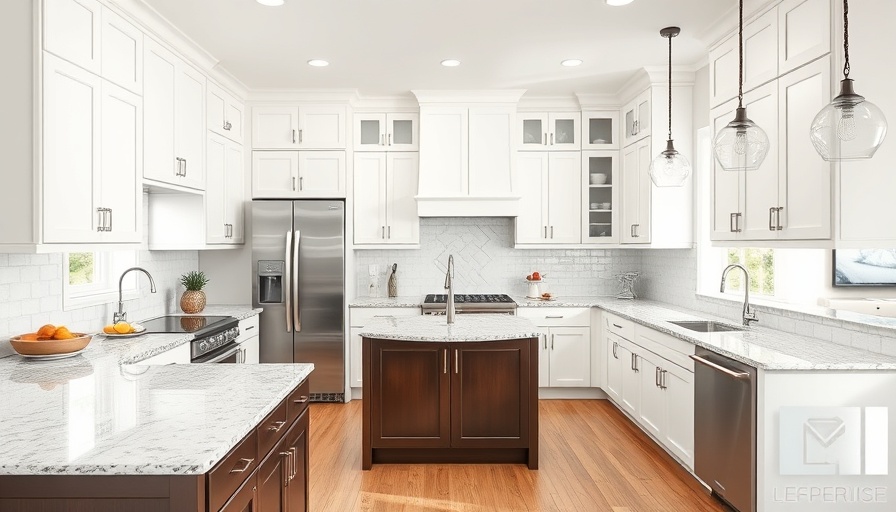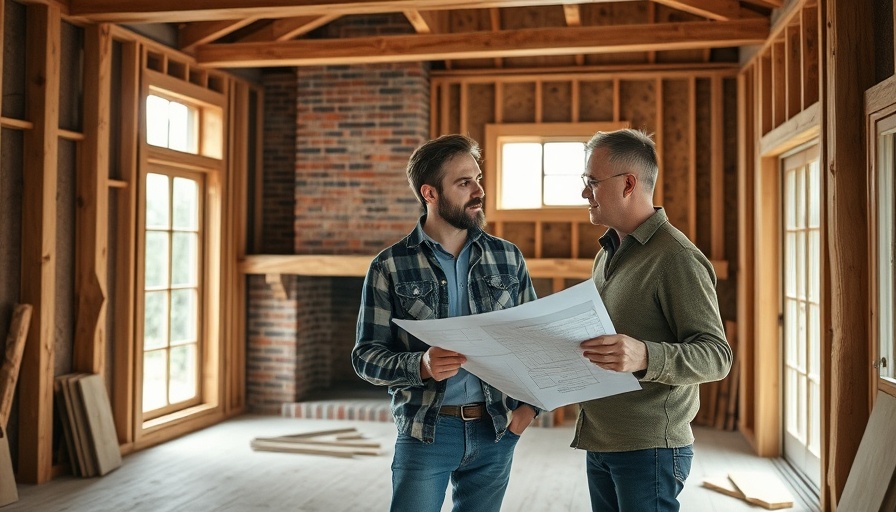
Transform Your Small Space: Inspiring Kitchen Renovations
For many homeowners, a kitchen renovation is a chance to boost not only functionality but also the overall aesthetic appeal of their homes. Particularly in California, where space can be limited, these makeovers often focus on maximizing available square footage, and utilizing smart design strategies. This article showcases four stunning kitchen renovations, each measuring between 150 and 170 square feet, demonstrating that size doesn't hinder style.
Bright Makeover: Creating Openness
The first kitchen we explore has undergone an impressive transformation, turning a cramped and dark space into a bright and inviting area. Located in Pasadena, California, this 167-square-foot kitchen was initially marred by an intrusive peninsula and dropped soffits, making it feel claustrophobic. With the help of designer Gail Jamentz from Soul Interiors Design, the homeowners sought to create a more enjoyable cooking and socializing environment.
By removing the range wall, the space now flows smoothly into the dining area, letting in an abundance of natural light. The installation of cream-colored quartz countertops and custom white oak cabinets adds warmth and character, while a multifunctional 10-foot island serves as both seating and additional storage. This thoughtful redesign showcases how removing barriers and introducing light can dramatically change a space's atmosphere.
Innovative Design Solutions: Practical Tips for Homeowners
Homeowners looking to revamp their kitchens could take inspiration from the various strategies employed in these makeovers. Here are some key takeaways:
- Create Openness: Removing walls or other obstructions can enhance the flow and make the kitchen feel larger.
- Light It Up: Incorporating various lighting sources such as ambient, task, and accent lighting is crucial to brightening up the space.
- Selecting Colors Wisely: Lighter color palettes can give the illusion of a bigger area and add brightness.
- Invest in Multifunctional Furniture: Furniture that serves multiple purposes—like an island with seating—maximizes utility.
Maximizing Storage: The Power of Innovative Solutions
One common challenge in smaller kitchens is limited storage. Innovative design can address these concerns effectively. Using vertical space, designing cabinets that reach the ceiling, and incorporating pull-out shelves can significantly increase storage capabilities. These solutions maintain the aesthetic appeal of a kitchen without sacrificing functionality.
In California homes, where open floor plans are prevalent, well-designed storage solutions can integrate seamlessly with the overall design, contributing to a spacious and organized kitchen.
Gathering Comfort: The Importance of Seating Areas
Seating areas in kitchens are no longer just a luxury; they are essential for socializing. Modern kitchens can serve as the heart of a home, where families gather to eat, work, and spend time together. Many renovations include islands or peninsulas that provide casual seating, transforming the kitchen into an inviting social hub.
The recent kitchen remodels showcased indicate a shift towards comfortable gathering spaces that enhance the kitchen's role in daily family life.
Future of Kitchen Design: Embracing Trends
Looking forward to emerging trends in kitchen design, homeowners can expect to see a continued emphasis on eco-friendly materials, energy efficiency, and smart home technology. Incorporating sustainable options—such as bamboo cabinetry or recycled materials—will align kitchens with eco-conscious living, which is increasingly relevant in California.
As technology becomes more integrated into home design, homeowners can also expect smart appliances and automated systems that enhance cooking and cleaning efficiency.
Conclusion: Your Kitchen Makeover Awaits!
Whether you're planning a minor update or a full remodel, these examples showcase how strategic changes can yield dramatic results in smaller kitchens. By maximizing space, optimizing storage, and embracing new trends, you can create a beautiful and functional kitchen tailored to your lifestyle. Look for inspiration from these transformations, and let them guide your renovation journey.
Ready to embark on your kitchen renovation? Explore available designers and products to get started! The kitchen of your dreams is just a renovation away.
 Add Row
Add Row  Add
Add 




Write A Comment